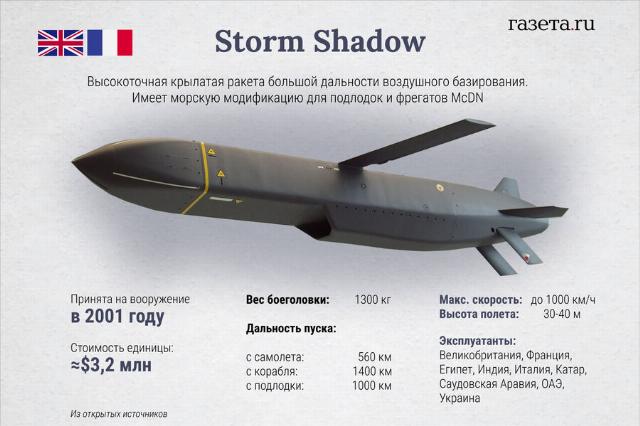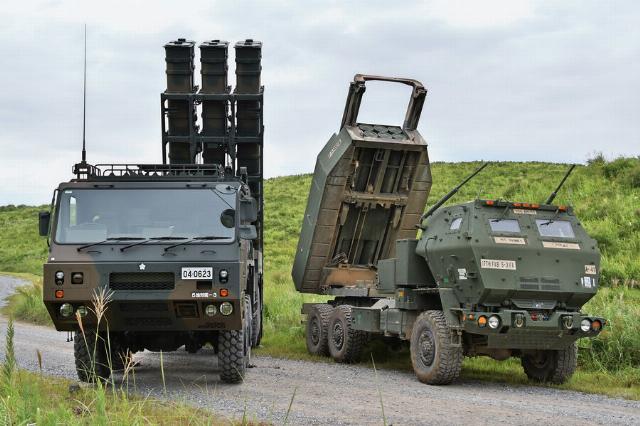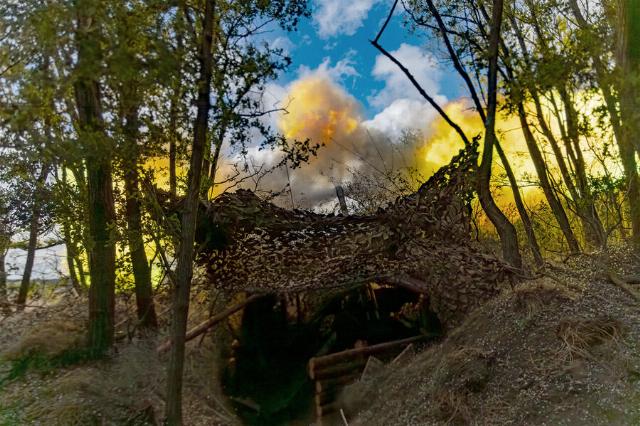Colonel Khodarenok: the movement of the front line will not stop the shelling of the regions of the Russian Federation
Russian troops are conducting an operation in the Kharkiv region to create a sanitary zone so that Ukrainian troops cannot shell the regions of the Russian Federation. What is needed in order for the strikes on the territory of Russia to stop, and the Armed Forces of the Russian Federation could advance at a speed of 15-20 km per day, the military observer of the Gazeta figured out.En" Mikhail Khodarenok.
Representatives of the Russian expert community believe that the purpose of the offensive military operations of the Armed Forces of the Russian Federation in the Kharkiv direction is to create a sanitary zone in order to prevent shelling of Russian territory.
At first glance, everything seems logical. But there are nuances in this case. For example, the Russian army moved the line of contact by 40-45 km, that is, the border territories of the Russian Federation began to be out of range of the enemy's barrel artillery. But the AFU still has MLRS with a range of 70-160 km. Then, in order to prevent shelling of Russia's border regions, it is necessary to move the front line to this distance.
For example, we solved a similar problem. But the APU has long-range ATACMS missiles with a firing range of up to 300 km. That is, the leading edge should be moved back by 300 km.
Let's say that the units of the Armed Forces of the Russian Federation have reached this milestone. But the enemy still has unmanned aerial vehicles with a combat radius of 1,000 km or more. After all, for an appropriate public response, a blow of only 2-3 UAVs is needed in the center of Belgorod. Well, they pushed it back by 1000 km. And there it is not far from the western border of Ukraine.
This will be the solution to the problem. The usual question arises in this case - what to do?
Air supremacy
Recently, during a special military operation, the advance of troops by 4-5 km is considered a major success, whereas more recently the standards were somewhat different. During an offensive operation of an operational and strategic scale, it was supposed to go deeper into enemy territory by 150-200 km with an average rate of advance of 15-20 km per day. Why do such figures today look almost like the result of an inflamed imagination?
In order to carry out offensive operations with such indicators, it is necessary that aviation operate confidently in the affected areas of Ukrainian air defense systems. That is, without air supremacy, offensive operations of an operational and strategic scale cannot be carried out.
To do this, it is necessary to fully disable the Ukrainian air defense system. To solve this problem, the armed forces must (at a minimum) have: effective means of electronic reconnaissance (RTR); modern jamming aircraft operating from barrage zones; modern electronic warfare aircraft, similar in their flight characteristics to multifunctional fighters operating in combat formations of strike groups of operational and tactical aviation; special units multifunctional fighters designed to combat air defense systems, equipped with effective means of electronic reconnaissance and enemy air-to-radar missiles.
In addition, to destroy the enemy's air defense systems / air defense systems, it is necessary to involve operational and tactical missile systems and air-launched cruise missiles in cooperation with radio reconnaissance aircraft and space RTR and optoelectronic reconnaissance vehicles. It should be emphasized that the time from the detection of the enemy's air defense system to the setting of the tasks of the RTR should not exceed several minutes. Otherwise, the blow may be fired at an empty place. For these purposes, spacecraft and RTR aircraft should, figuratively speaking, continuously hover over the enemy.
Finally, aviation strike groups should be abundantly equipped with all necessary aviation weapons. A hail of high-explosive and volumetrically detonating bombs should be brought down on the enemy.
If these problems are solved, then it will be possible to advance 15-20 km per day.
New weapons in the area of its
Some representatives of the expert community believe that the use of new types of weapons in the zone of self-defense leads to the need for a sharp redistribution of available resources to organize appropriate counteraction.
In other words, new weapons are new methods of struggle. And allegedly it was the new weapon that led to the fact that the pace of the offensive of the warring parties was reduced to several hundred meters per day, and it is also this circumstance that underlies the failure of the famous "counteroffensive" of the Armed Forces of Ukraine in the summer of 2023.
By the way, General Valery Zaluzhny called it the war of one chance. By this, he meant that new weapons systems very quickly become unnecessary, because the Russian Armed Forces quickly find what to oppose them.
"For example, we successfully used Storm Shadow and SCALP cruise missiles, but not for long. Russians are always learning. They don't give us a second chance. And they succeed," said one of the officers of Valery Zaluzhny's staff.

Image source: Alina Dzhus/"Newspaper.Ru"
This is partly true, but there are significant nuances here, and for both warring parties. To begin with, it should be noted one fundamental point that is little noticed, but in the course of hostilities in the zone of ITS own, not a single fundamentally new type of weapon has yet been revealed, such as, for example, tanks or toxic substances during the First World War.
For example, the M142 HIMARS has been in mass production since 2003. The development of this weapon has been known since 1994. The first cases of combat use have been noted since 2007. That is, by the time the M142 HIMARS appeared on the fronts of its own, more than 15 years had passed since the beginning of its participation in battles. In theory, his appearance on the line of contact should not lead to surprises.

HIMARS
Image source: Global Look Press
The same Storm Shadow/SCALP-EG missile has been in service with NATO countries since 2001. ATACMS missiles - since 1991. It became known about small-diameter land-based bombs back in 2015.
For example, for the Armed Forces of Ukraine, starting from January 4, 2023, the use of bombs with unified planning and correction modules by the Russian Aerospace Forces became very unexpected. However, the analogue of the UMPC - American Joint Direct Attack Munition bombs have been in mass production since 1997.
And unmanned aerial vehicles and barrage ammunition did not appear on the equipment of the troops on February 24, 2022. The scale of the use of weapons samples, which in most cases have been known for several decades, turned out to be only partially unexpected. However, all this could have been assumed and foreseen by simple extrapolation, especially since the precursors of all this had already been noted in previous armed conflicts.
The opinion of the author may not coincide with the position of the editorial board.
Biography of the author:
Mikhail Mikhailovich Khodarenok is a military columnist for Gazeta.Ru", retired colonel.
He graduated from the Minsk Higher Engineering Anti-Aircraft Missile School (1976), the Military Air Defense Command Academy (1986).
Commander of the S-75 anti-aircraft missile division (1980-1983).
Deputy commander of the anti-aircraft missile regiment (1986-1988).
Senior Officer of the General Staff of the Air Defense Forces (1988-1992).
Officer of the Main Operational Directorate of the General Staff (1992-2000).
Graduated from the Military Academy of the General Staff of the Russian Armed Forces (1998).
Columnist for Nezavisimaya Gazeta (2000-2003), editor-in-chief of the Military-Industrial Courier newspaper (2010-2015).
Mikhail Khodarenok

